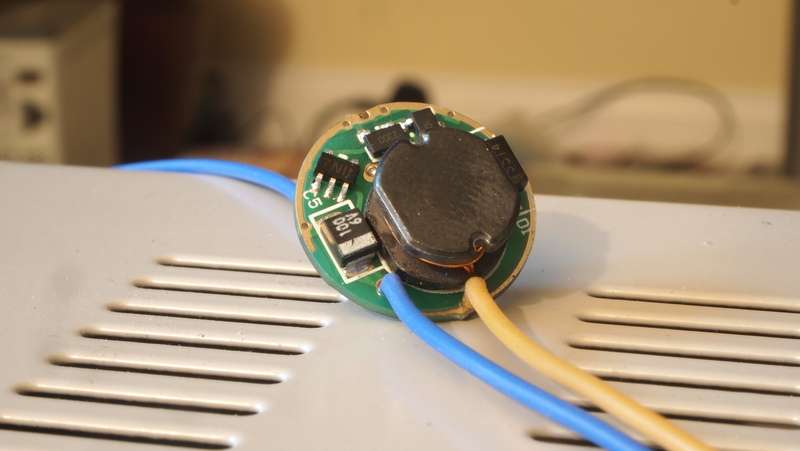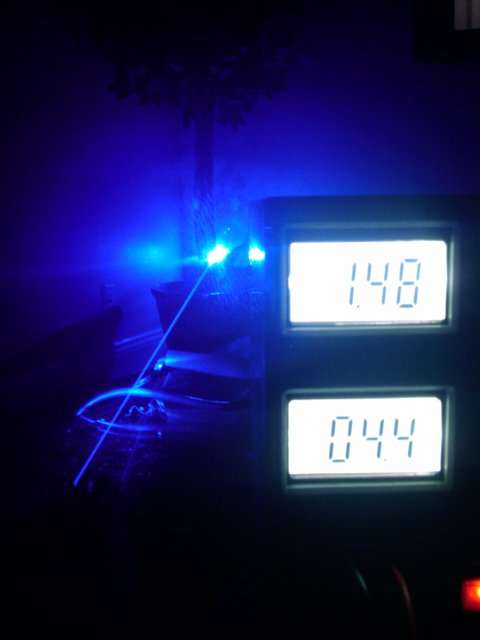- Joined
- Dec 23, 2010
- Messages
- 561
- Points
- 0
ok i have had very very good results with this driver. i have only blew 1 so far and that was my fault. This driver is a constant voltage driver...so i dont know if a regular testload would work so i never used a conventional testload for it. I use a scrapped XP-G LED with a couple of 1n5401 diodes in series with the positive lead as a test load. Worked for me everytime.
anyways only on 1 build did I keep the modes, otherwise i always bypassed the modes by soldering LD- pin to the outside ring.
umm if you look at a brand new njg-18, you notice the part that you can turn has a flat side to it. It is normally facing the two resistors, well, for about 1.4A current the pot will be facing 1/3 turn countrer clockwise from that position. sometimes with certain njg-18's i have to turn the pot a full 180 degrees counter clockwise before I can reach 1.45A current.
The only thing with this board that i noticed is that it is really sensitive to damage from a soldering iron. if you keep the soldering iron on any part for more than 10 seconds...the driver will most likely not work anymore. thats the only time I have broken one of these.
anyways only on 1 build did I keep the modes, otherwise i always bypassed the modes by soldering LD- pin to the outside ring.
umm if you look at a brand new njg-18, you notice the part that you can turn has a flat side to it. It is normally facing the two resistors, well, for about 1.4A current the pot will be facing 1/3 turn countrer clockwise from that position. sometimes with certain njg-18's i have to turn the pot a full 180 degrees counter clockwise before I can reach 1.45A current.
The only thing with this board that i noticed is that it is really sensitive to damage from a soldering iron. if you keep the soldering iron on any part for more than 10 seconds...the driver will most likely not work anymore. thats the only time I have broken one of these.
Last edited:





